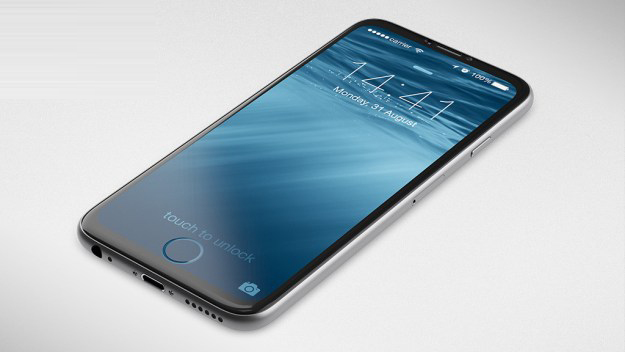Apple iPad and iPhone may evolve into buttonless frameless glass slates according to new Touch-ID patent
According to a recent report by Patently Apple, the Cupertino tech giant may be exploring ways to enable Touch-ID on the entire touchscreen surface of iOS devices like the iPhone and the iPad Pro, which will eliminate the need for a home button.

The latest patents filed by Apple, include two ways Touch-ID could evolve in the future: Capacitive and Ultrasonic.
Currently, Touch-ID uses optical technology, which can be sometimes circumvented by “gummy bear attacks”. A gummy bear attack defines a method to unlock a device using fingerprints lifted from a surface, like a drinking glass for instance, and imprinted on a “gummy” pliable substance, like a piece of soft latex, which in some cases can be sufficient in unlocking a device like the iPhone.
Implementing a capacitive Touch-ID would eliminate the possibility of a gummy bear attack, as a capacitive fingerprint scanner is capable of reading the live layer of a human finger, and being able to tell whether or not the finger used to unlock the device is that of a live human.
An Ultrasonic Touch-ID would use ultrasound imaging to detect fingerprints, which would make this method the most accurate. With that said, ultrasonic technology applied to biometric scanners is still very new, and untested, although it is showing promise.
Both technologies would allow Apple to implement Touch-ID by using the entire area of the screen on the iPhone and the iPad. This means that the home button would no longer be needed, and might be replaced by a virtual version within the iOS interface.With that said, the only meaningful reason for the home button to exist is to go back to the home screen. As soon as Touch-ID no longer require integration with the home button, the latter may become a redundant, purposeless feature in the way of the thinner, frameless design Apple is pushing towards.